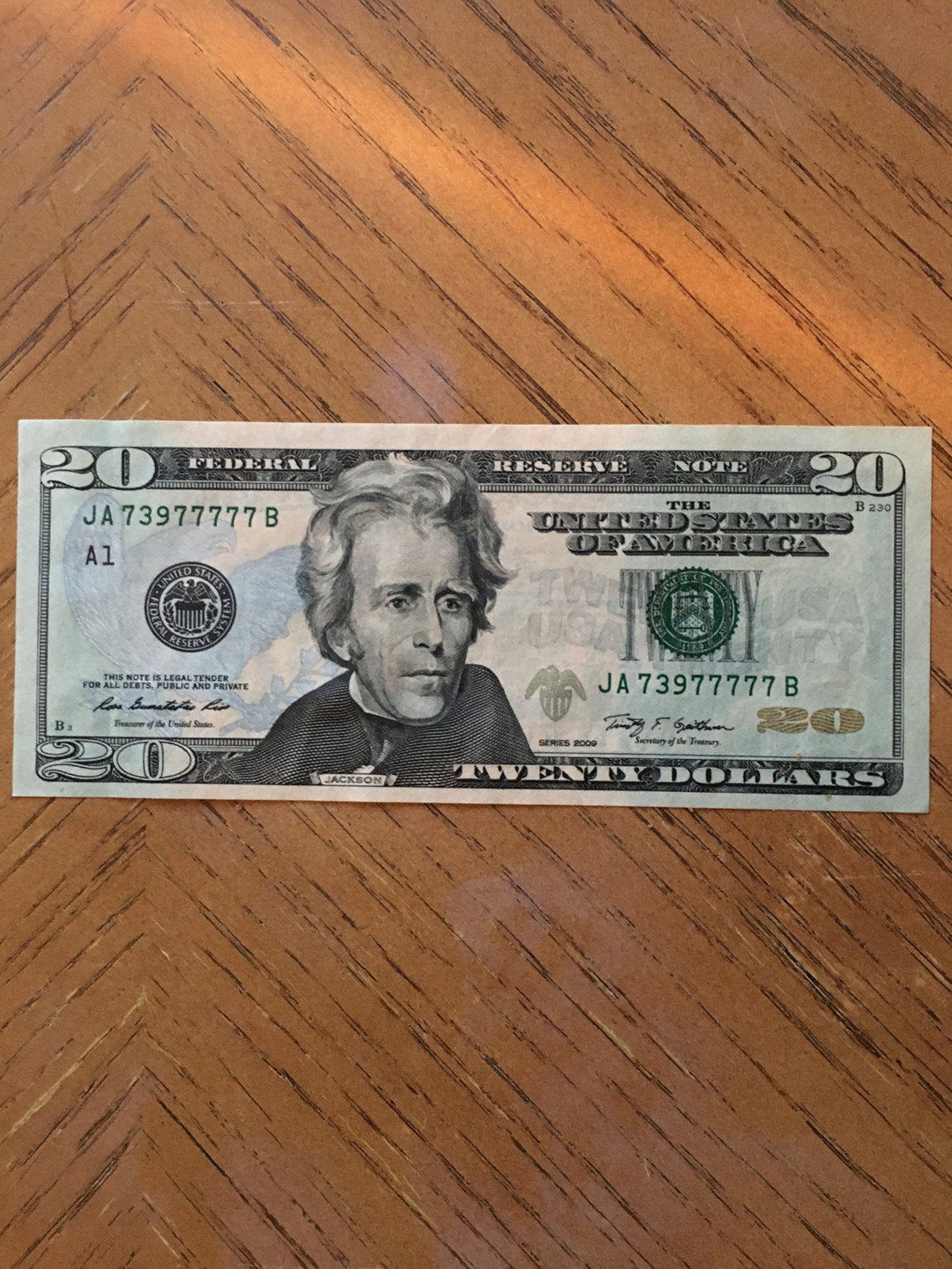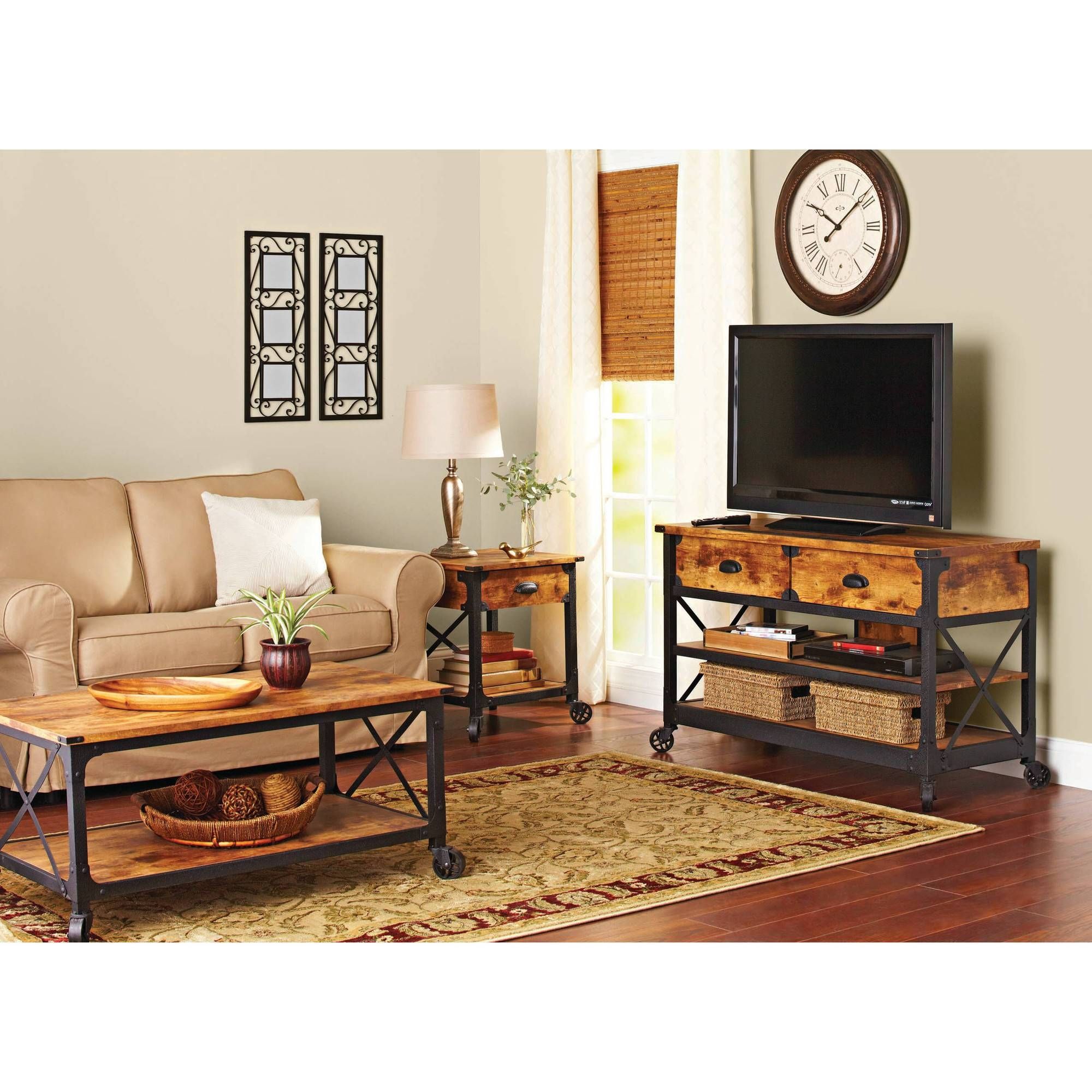Table of Content
Property owners association procedures may be impacted by the COVID-19 pandemic. Please see the Homeowners page on the COVID-19 & Texas Law research guidefor current information related to COVID-19 and POAs/HOAs. Voluntary associations have a flexible structure and are bound by their own rules or constitution rather than the Companies Act. A common law HOA is formed when two or three members agree to the formation of the association.
Lawns continue to polarize Americans, with traditionalists prizing manicured emerald expanses and environmentalists seeing them as ecological deserts that suck up excessive amounts of water and pesticides. The locus of power in many of these disputes are community or homeowner associations, which, by one measure, govern some 74 million people nationwide. Make sure you understand the homeowners associations’ oversight powers. For example, you may have to seek approval of any architectural changes you want to make to your home, like paint color or additions. Make sure you understand fees you’ll have to pay and how these fees may change.
Overviews of Property Owners' Association Law
They sue in an attempt to change the rules or to force the HOA to allow them as an exception. Out of these, it is not hard to find an HOA that has not faced any form of legal action from homeowners or vendors. This is because many homeowners use lawsuits as a way of dealing with disputes and problems in an HOA community. Some associations can implement HOA backyard rules, provided state laws or their governing documents allow them to do so. But, when it comes to native plants, some states offer protection to homeowners. A homeowner association is an organization in a subdivision, planned community, or condominium building that makes and enforces rules for the properties and residents.
The association should include with its exemption application evidence that areas such as roadways and park land that it owns and maintains are open to the general public and not just its own members. It also must show that it does not engage in exterior maintenance of private homes. The term community generally refers to a geographical unit recognizable as a governmental subdivision, unit, or district thereof. Rather, whether an area is acommunity depends on the facts and circumstances of the particular situation. Even if an area represented by an association is not a community, the association can still qualify for exemption if its activities benefit a community.
Important Documents for a Property Owners' Association
Please see the link below for laws specific to condominium owners' associations. This page provides detailed information about the different documents that a property owners' association relies on and a homeowners' right to view these documents. The Americans with Disabilities Act of 1990 , found under 42 U.S.C § 12101, et. Seq, though not as generally applicable as the FHA, the ADA impacts the operations of homeowners associations with common elements open to the general public. Quite a few federal laws directly affect HOA functions – regulating what an association can and cannot do and providing protections to homeowners and the general public.
Importantly, there are different categories of group homes, and the laws protecting each home depend in large part on what kind of home is involved. Fines are the lifeblood of a malicious HOA—and we cannot, unfortunately, tell you that they’re blatantly illegal. But they “must be set forth in the association’s rules and bylaws,” saysBarbara Jordan, a real estate lawyer in Columbus, OH. Living with a homeowners association can come with a legion of perks—like gorgeously manicured common lawns, swanky amenities, and some rad Fourth of July barbecues. Losing a lawsuit certainly spells out a lot of negative effects for the association. Another downside is that the HOA has to pay for all legal fees and may even be ordered to cover the cost of the homeowner’s legal fees.
What Are the Pros and Cons of Belonging to an HOA?
For instance, a majority vote may be required in order to change rules or implement new ones. Also, board members should ensure that these new rules are still compliant with state and local laws. But in Maryland, homeowner associations can no longer force residents to have lawns, thanks to the Crouches.
The Freedom to Display the American Flag Act of 2005 is unique among our list of federal laws impacting HOA’s in that it is expressly addressed to homeowners associations. Residential condominiums, cooperatives, and homeowners’ associations are generally creatures of state law. State legislatures enact statutes authorizing HOAs within a state, and, for the most part, state laws and regulations govern how associations operate. But if you own a townhome or condo or are part of a specific community, you may be part of a homeowner association. Being part of these communities can be beneficial because they often take care of some of the nitty-gritty of homeownership, such as property maintenance, utilities, landscaping, and snow removal.
In any case, association boards should be prepared for any possibility. A homeowner association is an organization tasked with governing the affairs of a real estate development owned by multiple parties, such as an apartment building. HOAs are responsible for tasks such as ensuring building maintenance, deciding on whether to pursue larger renovation projects, and drafting/enforcing the building’s bylaws. Homeowner associations are usually formed within communities or neighborhoods of single-family homes or multiple-unit buildings, such as condominiums.

The same applies even if the damages were caused by a natural disaster. Insurance may cover some of the expenses, but it is up to the HOA to have contingency funds exactly for such an event. HOAs can benefit individual owners by providing necessary management services. This could be very time-consuming for residents and could result in conflicts and disagreements between owners. On the other hand, HOAs can also create problems for owners to the extent that the owner disagrees with the HOA’s community bylaws or spending decisions. These groups are elected to enforce and oversee the HOA's rules and regulations.
Homeowner associations are run by a board of directors and typically collect monthly or annual fees to pay for common area maintenance and the upkeep of facilities. Homeowners associations must not discriminate against homeowners in any way, shape, or form. That means HOAs can’t deny housing, enforce rules selectively, or take any action based on discriminatory judgments. A homeowner has a right to a hearing before the HOA takes disciplinary action, such as imposing fines or suspension of privileges.
In October of that year, though, the HOA rejected his proposal, citing aesthetic concerns and the lack of established guidelines for rooftop solar in the association’s bylaws. However, some states consider condominium-based HOAs and organizations governing cooperatives (called co-op boards) to be distinct entities from HOAs. In most cases, though, HOAs can still impose some restrictions such as limiting the number and size of political signs, as well as how long homeowners can display them on their property. In the case of the latter, board members can take comfort in certain things. For instance, the Business Judgement Rule will protect them from personal liability as long as their actions were in the best interest of the community.
Restrictive covenants in homeowners’ associations are not unusual—nearly every community has them. You accept a limitation on how you can use your property because, if everyone else in the community does, too, the neighborhood as a whole will be better off. The fundamental purpose of a homeowners’ association is to benefit the community and its members. Usually, that means preserving the aesthetic beauty of the neighborhood by maintaining common areas and ensuring homeowners keep up their properties. Or, it might mean using pooled resources to make life easier for the entire community—through road and sidewalk repairs or snow removal, for instance. Most of the time, the overall goal is to increase property values and raise the living standard in the community.
If you find yourself at the receiving end of an HOA punishment, you’ll need to know what your rights are. This article will help you understand “selective enforcement” and how it applies to your homeowners’ association and the rules you have to follow. When you purchase a property in a community with a homeowners’ association, you’re also acquiring the obligation to pay regular assessments. Unfortunately, though, homeowners are sometimes financially unable to pay assessments. Homeowners faced with potential collections action must understand how the HOA collections process works and the legal rights and redress available for both homeowners and the association.
The homeowner’s architectural plans may be in line with the guidelines, and the board rejected the application either on a whim or because they dislike the homeowner. In either case, the homeowner can sue the board for not following the association’s regulations. Individual HOAs have different levels of legal powers, depending on how they were designed. However, HOAs generally have the legal authority to create and enforce community policies, such as whether to allow smoking, pets, or rentals in the building. HOAs also decide on budgets for the building and have the authority to charge monthly or one-time fees to their members.
























